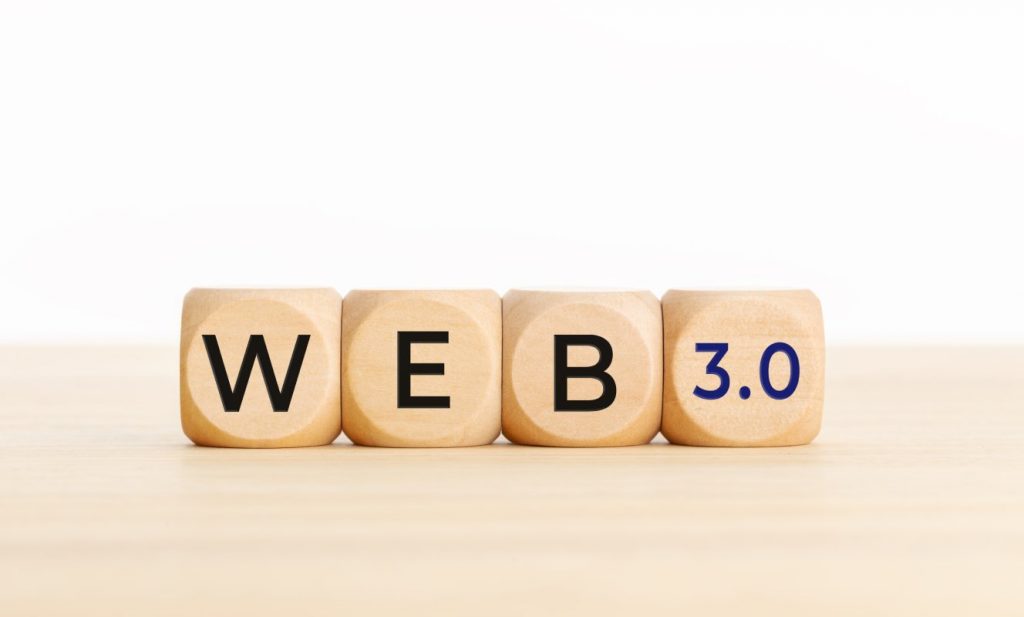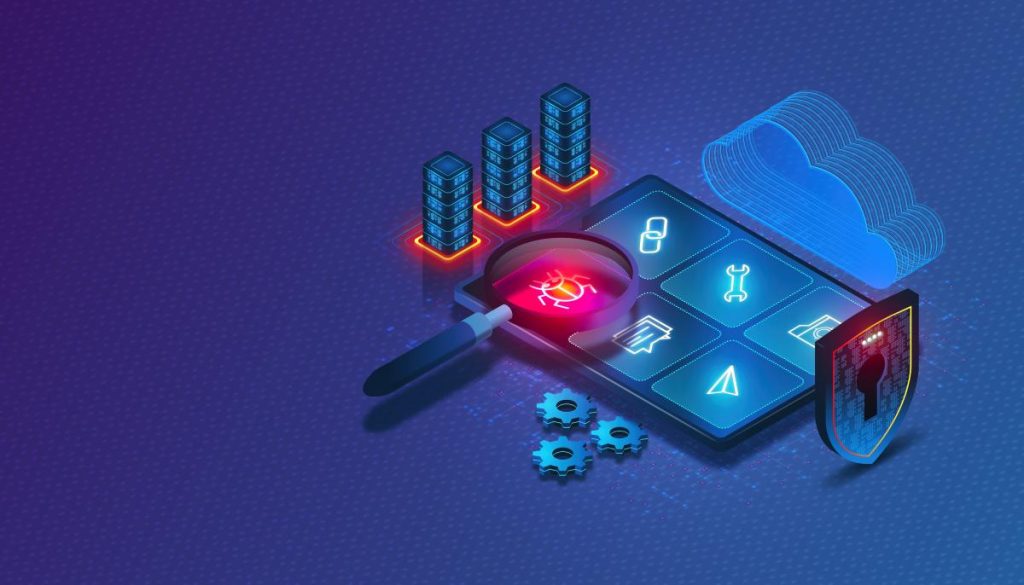Web3, or Web 3.0, is a proposed new version of the World Wide Web, which is set to be built on blockchain technology and incorporate decentralization and blockchain economics. The ever-increasing growth rate of the e-commerce and retail industry is expected to contribute to the global expansion of the Web 3.0 blockchain market.
A recent report by Grand View Research, Inc. highlights that the global market size of Web 3.0 blockchain is estimated to reach USD 33.53 billion by 2030, with a projected Compound Annual Growth Rate (CAGR) of 47.1% from 2023 to 2030. The ability of Web 3.0 to authorize users to use the decentralized blockchain technology for accessing the decentralized applications is the primary factor driving the market growth. Web 3.0 provides perception based on the users’ search content and allows them to control their data on websites.
As organizations recognize the underlying potential of Web 3.0, it has been transitioning from Web 2.0 to this advanced version. Companies are offering augmented reality (AR) spaces and virtual worlds for meetings, medical care, education, and socialization. In 2021, Nike launched a showroom on the Roblox platform, which has already garnered the attention of nearly 7 million consumers.
Although Web 3.0 products offer advanced features, It’s not an easy way out for business. We’ll be digging into the advantages of Web 3.0 and the four software quality testing types that might help you to experience a seamless transition to this advanced technology.
Unlocking the Rewards of Web 3.0 Migration
With its unique blend of technologies such as AI, ML, IoT, and blockchain, Web 3.0 offers improved human interaction and elevates user experiences within three-dimensional environments. Unlike Web 2.0, Web 3.0 provides a multitude of powerful benefits for businesses and consumers alike.
Enhanced privacy
One of the most alarming issues with Web 2.0 is the lack of safety, resulting in digital threats such as cryptojacking, SQL injection, DDoS, DNS tunneling, malware, and man-in-the-middle attacks (MITM). These threats can severely damage a company’s reputation and result in costly data breaches. The average data breach cost varies depending on the industry; for instance, the cost is approximately $10.10 million for the healthcare industry, $5.97 million for the financial sector, and $4.97 million for the technology industry.
In contrast to Web 2.0, where major corporations are trying to collect personal users’ data to make it worth it by selling them to advertisers for economic profits, Web 3.0 provides enhanced privacy by allowing users to own and control their data. This means that users can choose which data they share and with whom they share it, giving them greater control over their online privacy. The embedded blockchain mechanisms and decentralized nature of Web 3.0 make it significantly more difficult for hackers to infiltrate the network.
Customized and optimal search experience
Web 2.0 is often riddled with intrusive advertising that fails to meet end-users’ needs, leading to their alienation. In contrast, Web 3.0 utilizes AI algorithms to detect end-user preferences, adjust to them, and offer personalized suggestions.
Web 3.0 offers a customized experience by allowing users to tailor their browsing experience to their specific needs and preferences. This includes personalized content and recommendations.
Search engines may no longer work effectively and might not provide the desired results you are looking for. In contrast, Web 3.0 incorporates the semantic web, which is not focused on keywords but on the significance of words and the digital context by utilizing advanced algorithms and artificial intelligence. This makes it easier for users to find relevant information as web pages are better categorized.
An advanced virtual reality experience
Web 3.0 presents immersive capabilities that eliminate boundaries between physical and virtual worlds. Through AR/VR technologies, new ways of interacting with people, goods, and services are created, providing users with a more engaging and interactive browsing experience.
Web 3.0 has enabled a significant shift in the healthcare industry, with 95% of healthcare organizations now providing patients with remote assistance, which has doubled since 2020. In addition, eCommerce companies can offer their customers a unique shopping experience irrespective of location, resulting in a broader customer base and increased profits.
Navigating the Migration to Web 3.0: A Complete Quality Assurance Guide
As we step into the exciting world of the metaverse, AR/VR technologies, blockchain, and Web 3.0 products, it’s essential to ensure that we have the right software testing and quality assurance strategy in place. That’s why we recommend following a comprehensive QA guide that covers cybersecurity, performance, accessibility, and usability testing. By doing so, you can ensure a smooth transition to Web 3.0 and deliver high-quality software that meets the needs of your end users.
Cybersecurity testing
Given the complexity of Web 3.0, it’s a must to assess its fundamental components’ security thoroughly. Performing penetration testing, vulnerability assessments, and social engineering is crucial to simulate attacks and identifying vulnerabilities that could harm a company’s reputation and impact customers.
As blockchain transactions are a fundamental component of Web 3.0 software products, it is vital to detect and address vulnerabilities early on to prevent malicious attacks and viruses. Failure to implement proper security measures can result in significant financial losses, as demonstrated by the cryptocurrency exchange Bithumb, which lost approximately $30 million in coins and customer trust due to a lack of security measures.
Performance testing
Regarding modern applications, speed, stability, and scalability are the key factors, and the same goes for Web 3.0 products. A recent survey by Unbounce revealed that 70% of consumers consider page load speed when making purchasing decisions. It affects their mood and decision-making process.
To prevent such scenarios, performance testing should be introduced. Consider the number of people that can connect to a metaverse, but can your solution handle that load? For Web 3.0 apps, especially those for AR and VR, to run smoothly, identifying any possible latency issues and ensuring high speed, stability, responsiveness, and scalability of the software under normal and overload conditions is mandatory.
Accessibility testing
Since most Web 3.0 solutions combine virtual, augmented, and physical reality, companies have to deeply analyze from the ground up if people with disabilities can easily use them. Prioritize incorporating features such as captions and audio/video hints into their applications to make them more inclusive and user-friendly for all customers.
By applying accessibility testing fulfilled in accordance with the Web Content Accessibility Guidelines and other standards, companies verify whether:
- The alternative movement and control methods work properly
- Consumers with eyesight impairments can perceive visual elements and available content
- The headset triggers discomfort for certain groups of users (e.g., those who wear glasses)
Usability testing
To maintain a positive user experience, companies need to make sure that their Web 3.0 software products strike the right balance between immersion and ease of use. Otherwise, users may experience motion sickness, eyestrain, headaches, and fatigue.
To achieve this balance, companies should conduct usability testing regularly. This strives to identify problems related to the end-user interaction and can prevent issues such as players falling through windows or getting stuck in other objects. Ultimately, usability testing aids in delivering an intuitive and user-friendly app that keeps users engaged and satisfied.
Conclusion
The shift from Web 2.0 to Web 3.0 gives businesses benefits in privacy improvements, customized user experiences, and more efficient data management. To ensure that your Web 3.0 product is safe and competitive, it’s important to follow a QA guide and conduct tests for cybersecurity, performance, accessibility, and usability. If you are looking to outsource software quality assurance companies, our expert team at SHIFT ASIA is here to help you achieve high-quality products in not only Web 3.0 projects but also all IT product development related. Contact our team and get your project kickstarted today.
ContactContact
Stay in touch with Us





